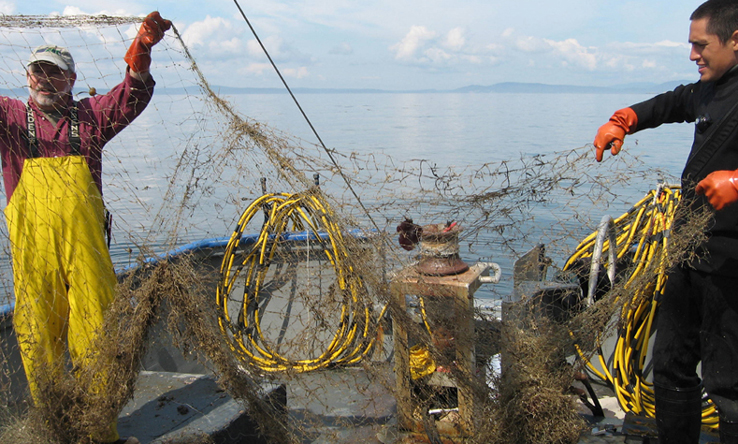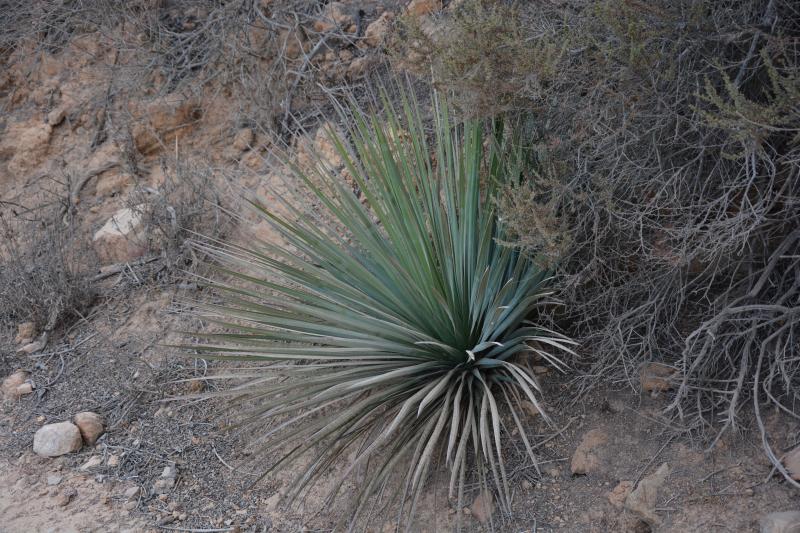Position calls into question future of massive Gateway Pacific shipping facility
Source: Pyramid Communications
LUMMI INDIAN RESERVATION, BELLINGHAM, Wash.—Building the proposed Gateway Pacific export terminal and rail spur at Cherry Point would “have a substantial impairment on the Lummi treaty fishing right,” the Lummi Nation said in a formal opposition letter sent this week to the U.S. Army Corps of Engineers.
Opposition by the tribe could imperil the terminal and rail spur.
“It will make us reassess the direction we are going,” Muffy Walker, the Corps’ district regulatory branch chief was quoted as saying by The Bellingham Herald. The Corps of Engineers has authority to grant permits necessary to build the terminal. “We have denied permits in the past, based on tribal concerns,” Walker was quoted as saying.
In the letter, Lummi Indian Business Council Chair Tim Ballew writes, “Any impact on the Lummi treaty fishing right is inherently an impact on the Lummi way of life…. We believe that the Corps should see that these projects would without question result in significant and unavoidable impacts and damage to our treaty rights.
Lummi Indians maintain the largest Native fishing fleet in the United States, and Lummi fishers have worked in the XweChiexen (Cherry Point) fishery for thousands of years.
If constructed, the Gateway Pacfic export terminal would be the largest coal terminal on the West Coast of North America. It would significantly degrade an already fragile and vulnerable crab, herring and salmon fishery, dealing a devastating blow to the economy of the fisher community.
“It is imperative that the Corps carry out its trust responsibilities as they relate to the Lummi Nation and the treaty rights to fish, gather and hunt in the usual and accustomed places,” Ballew wrote.
The complete text of the letter follows.
July 30, 2013
Colonel Bruce A. Estok, District Engineer
US Army Corps of Engineers – Seattle District
PO Box 3755
Seattle, WA 98124
Lummi Opposition: Proposed Gateway Pacific Terminal Bulk Dry Goods Shipping Facility (Ref. No. NWS-2008-260) and the Custer Spur Rail Expansion (Ref. No. NWS-2011-325) Projects
Dear Colonel Estok,
The Lummi Nation has unconditional and unequivocal opposition to the proposed Gateway Pacific Terminal (Ref. No. NWS-2008-260) and the inter-related Custer Spur Rail Expansion project (Ref. No. NWS-2011-325) projects at Cherry Point. As described in our resolution 2012-060 and in our previous letters dated October 17, 2011 and January 21, 2013 (attached), the Lummi Nation has a number of significant objections to the proposed projects.
In developing the Lummi Nation’s position on the projects, the Nation heeded the following principles:
- “Everything is connected.” As our elders conveyed through our Xwlemi’chosen (Lummi language) that cultural and spiritual significances expressed by our ancestors for the land, water and the environment are all connected.
- “We must manage our resources for the seventh generation of our people.” Our unique heritage requires us to honor our past, present and future generations. Since time immemorial we have managed resources that we are borrowing from our children and grandchildren.
- As a tribal government, we have adopted the critical goal that we must preserve, promote, and protect our Schelangen (“way of life”).
Review of the known facts, data, site plans, and the development and operational goals of the projects have resulted in a clear and convincing conclusion that the proposed projects, if built and operated, would have a substantial impairment on the Lummi treaty fishing right harvest at XweChiexen (Cherry Point) and throughout the Lummi “usual and accustomed” fishing areas. Any impact on the Lummi treaty fishing right is inherently an impact on the Lummi way of life. The Lummi Nation cannot see how the proposed projects could be developed in a manner that does not amount to significant impairment on the treaty fishing right and a negative effect on the Lummi way of life. Please recognize this letter as a clear statement of opposition to these projects from the Lummi Nation.
The Lummi Nation expects that the Corps of Engineers (Corps), on behalf of the United States of America, to honor the trust obligations to the Lummi Nation related to these proposed projects. We believe that the Corps should see that these projects would without question result in significant and unavoidable impacts and damage to our treaty rights. If the projects at Cherry Point are constructed and operated there will be impacts on the Lummi treaty rights forever. It is imperative that the Corps carry out its trust responsibilities as they relate to the Lummi Nation and the treaty rights to fish, gather and hunt in the usual and accustomed places.
These comments in no way waive any future opportunity to participate in government-to-government consultation regarding the proposed projects and the associated state or federal government issued permits. Feel free to contact me if you have any questions about the attached comments or to schedule a government-to-government meeting regarding these projects.
Respectfully,
Tim Ballew II, Chair
Lummi Indian Business Council























